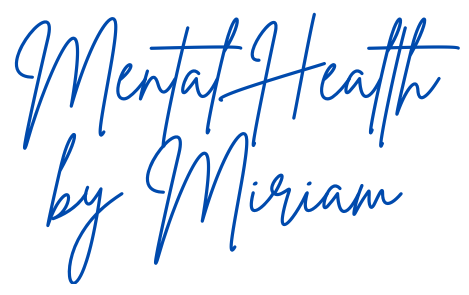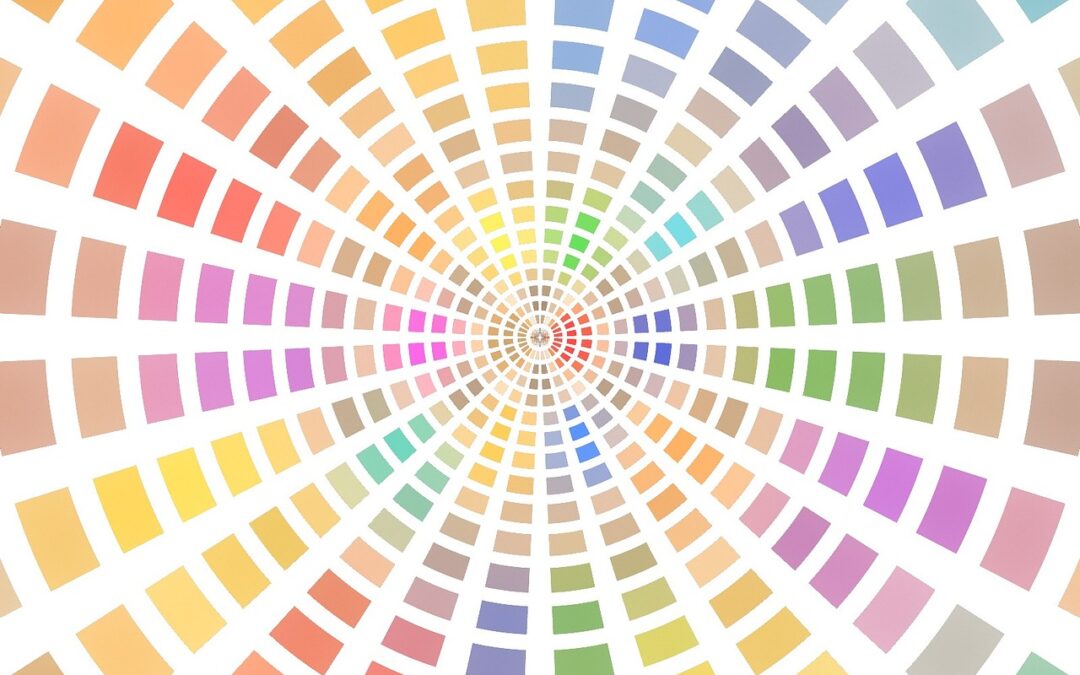When it comes to your mental well-being, many factors can promote healthy habits or impede progress. Luckily, the color wheel has a part in this. In grade school, you learn how to mix primary shades to get secondary colors, which feels almost like unlocking a new character in a video game. Shades of green and blue seemed to calm you, while there was always something about reds and orange that fired you up. But as you grow older, have you stopped to question why? Now that the question has sparked curiosity, why don’t you delve into how different colors affect mental health?
Yellow
Yellow hues often represent happiness, optimism, and all things summer. Adding this color to your home or office can feel like capturing a piece of the sun for your viewing.
Blue
Blue invokes relaxed, calm feelings. As a popular shade among offices to reduce stress levels, blue also works well at home as it resembles the serene nature of clear skies.
Purple
Shades of purple range and stimulate the imagination. Violet, blue-violet, and lilac are beautiful colors that represent luxury, creativity, and serenity.
Green
Green is the shade of nature, and where there’s nature, there’s life. Green hues in your office can create feelings of stability, balance, and joy.
Red
Red is the color of energy, excitement, and passion. It is the most psychologically stimulating color on the color wheel; however, remember that reactions can be subjective. While a red hue can make you feel cheerful and energetic, some may experience negative, dangerous emotions.
Orange
Orange is an exciting color as it takes two very energized colors, red and yellow, to invoke distinctly different moods from them. Orange hues symbolize balance and can often bring feelings of warmth and comfort. Orange is also stimulating to the appetite, explaining why you would typically spot this color in kitchens or common eating areas.
White
Most people think of cleanliness when they see white. While the shade has many benefits from an interior design standpoint, too much can make a room feel like a doctor’s office, putting you at unease.
Black
Black can represent elegance and mystery. However, too much use of the shade can be depressing and cause mood swings.
Gray
Like most neutral colors, gray in your workspace can be dull and create a gloomy setting. This hue can make you feel unproductive and lead to anxiety.
Color extends beyond a visual experience as it can invoke certain emotions and moods. Different colors affect your mental health in various ways, which is why it is vital to recognize what hues can do for you—whether in the office or at home.

